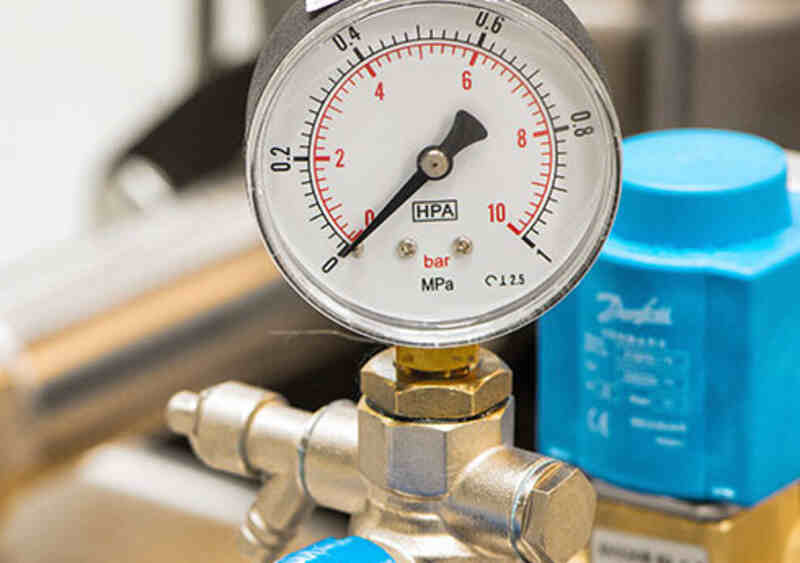In the world of engineering, manufacturing, and countless other industries, pressure plays a pivotal role in ensuring the smooth operation of various processes.
Whether it’s monitoring fluid levels, controlling steam systems, or maintaining safety in high-pressure environments, the pressure gauge stands as an essential tool to measure and comprehend the force that drives these systems.
Understanding Pressure and Its Significance
Pressure is defined as the force exerted by a fluid (liquid or gas) per unit area. It is an important physical quantity, often associated with gases and liquids, and can have a profound impact on the efficiency and safety of industrial processes.
For example, in a steam boiler, the correct pressure must be maintained to ensure effective energy transfer while preventing dangerous situations like explosions.
The Purpose of Pressure Gauges
Pressure gauges serve a crucial purpose in many industries by providing a visual representation of the pressure levels within a system. They allow engineers, operators, and technicians to monitor pressure changes in real time, ensuring that processes remain within safe operating limits.
Additionally, pressure gauges act as an early warning system, enabling prompt action in case of pressure fluctuations that could potentially lead to equipment failure or compromise safety.
Types of Pressure Gauges
Bourdon Tube Gauges: These are the most common type of pressure gauges. They consist of a curved tube that tends to straighten under pressure, and this motion is converted into a rotational movement using gears and levers, which then indicate the pressure on a dial.
Diaphragm Gauges: These gauges use a flexible diaphragm that deflects under pressure. The movement of the diaphragm is transferred to the pointer, providing the pressure reading.
Manometers: Although not strictly gauges, manometers are simple devices used to measure pressure. They consist of a U-shaped tube filled with liquid, and the pressure applied to one end causes the liquid level to shift, indicating the pressure.
Digital Pressure Gauges: With the advancement in technology, digital pressure gauges have become popular. They use electronic sensors to measure pressure and provide a digital display of the readings, offering higher accuracy and additional features.
Differential Pressure Gauges: These gauges measure the difference in pressure between two points in a system. They are commonly used in HVAC systems, filtration processes, and flow rate measurements.
Selecting the Right Pressure Gauge
Choosing the appropriate pressure gauge for a specific application is crucial to ensure accurate readings and long-lasting performance. Several factors must be considered, including:
Pressure Range: Select a gauge that can handle the maximum and minimum pressure levels expected in the system. Going beyond a gauge’s range can cause damage and inaccurate readings.
Media Compatibility: Ensure the gauge material is compatible with the substance being measured. Corrosive or abrasive fluids may require special materials.
Accuracy: Different applications have varying accuracy requirements. Critical processes demand higher precision gauges.
Environmental Conditions: Consider the operating environment, including temperature, humidity, and potential exposure to harsh elements.
Mounting and Size: Choose a gauge that fits securely and conveniently into the available space and mounting requirements.
Maintaining and Calibrating Pressure Gauges
To ensure the continued accuracy and reliability of pressure gauges, regular maintenance, and calibration are essential. Calibrating pressure gauges involves comparing their readings to a known reference to verify accuracy. If deviations are found, adjustments or replacements should be made.
Conclusion
Pressure gauges are indispensable tools that empower industries to monitor and control the forces that drive their processes. By accurately measuring pressure levels, these devices enhance efficiency, safety, and productivity across various sectors.
Engineers and operators rely on pressure gauges to make informed decisions, prevent equipment failures, and safeguard their operations, ensuring a smooth and secure working environment.


